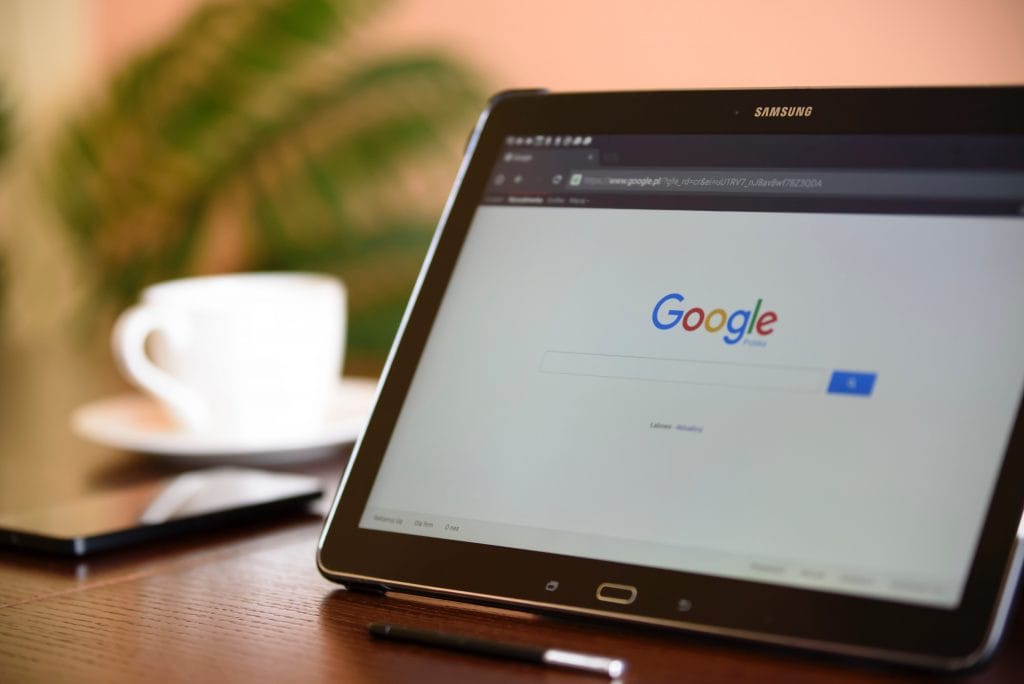google ads
Did Google Alter Your Adwords Campaign? Here’s Why
In late January, AdWords advertisers received a startling email from Google. The headline in the email was, “We’ll focus on your campaigns, so you can focus on your business.” Advertisers reading the emails flew into a tizzy, interpreting the email as saying Google would be taking over all campaign management. Let’s take a look at…
6 Quick Facts You Need to Know About the New Google Ads Interface
Do you rely on Google Adwords, either for income or for your own ads? If you do, you may already be aware of the fact that Google is rapidly evolving its own platforms to better suit your needs. This includes a recent revitalization and shift to a brand-new replacement platform called “Google Ads.” The new…











